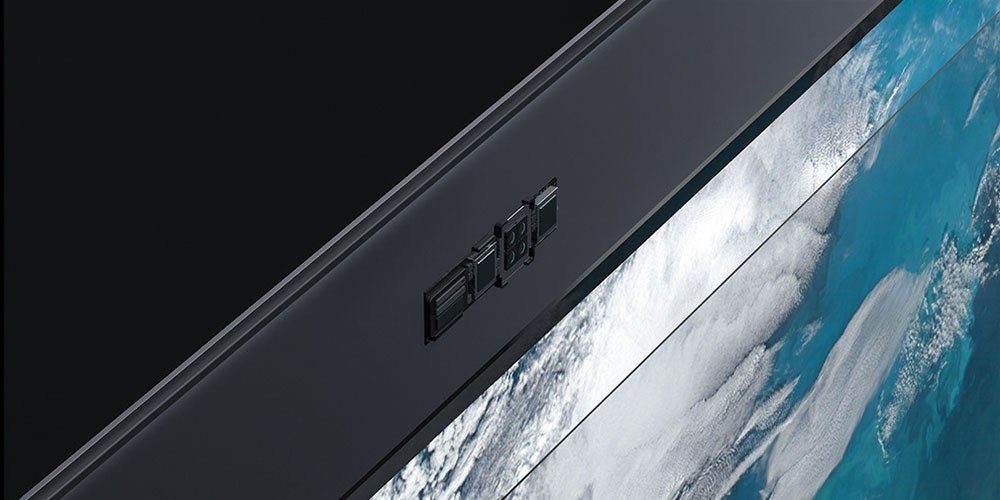 1420
1420
 2019-08-07
2019-08-07

We first reported on an Apple patent for Face ID on Macs back in 2017, before we knew what Apple would call the feature when it debuted in the iPhone X. That patent has today been granted.
The patent is for a more intelligent version of Face ID than is currently used on iPhones…
The granted patent could use the Mac’s camera to do two things. First, it would avoid timing-out into sleep mode when there’s someone in front of the machine.
Many computing devices are equipped with power saving features/modes intended to reduce power consumption when a user is not using the devices. Often, these power saving features are implemented though timers that count down a set amount of time from when the user last provides an input to the device. For example, a particular device may be configured to enter a sleep mode, or other mode that consumes less power than a fully operational mode, when a user has not provided input for five minutes.
Occasionally, however, a device may enter the power saving features/modes while a user is still using the device. For example, the power saving features may be entered because the user failed to provide input within the time period set for the timer while reading content on the device, viewing a movie, or listening to music.
Additionally, recovery from the power saving feature/mode may take time, may even require the user to enter credentials, and generally may be a nuisance to the user.
The second function is written in rather dense patenteze:
One embodiment may take the form of a method of operating a computing device to provide presence based functionality. The method may include operating the computing device in a reduced power state and collecting a first set of data from a first sensor or a group of sensors. Based on the first set of data, the computing device determines a probability or likelihood that an object is proximately located to the device. Additionally or alternatively, the computing device may make a hard decision as to the proximity of an object, for example, it may determine if the object is within a threshold distance of the computing device and, if the object is within the threshold distance and/or is likely proximity located to the device, the device activates a secondary sensor to collect a second set of data. Based on the second set of data, the device determines if the object is a person. If the object is a person, the device determines a position of the person relative to the computing device and executes a change of state in the computing device based on the position of the person relative to the computing device. If the object is not a person, the computing device remains in a reduced power state.
My reading of that and the accompanying illustrations is that the Mac can automatically wake and log you in, even if it is in sleep mode when you approach it.
Although Apple uses the generic term ‘computing device,’ which could apply equally to an iPhone or iPad, the patent is illustrated with a drawing of a computer — and the functionality described fits well with Power Nap.
Power Nap allows current Macs to perform certain background tasks while sleeping. The idea is that by doing things like updating your calendar, photos, notes, and so on, even when the Mac is in sleep mode, it will be ready for you to get to work as soon as you wake it.
This patent would appear to extend Power Nap’s capabilities to using the camera to look out for someone approaching the Mac. If it detects a person, it then powers-up face-recognition functionality to see if it recognizes them as the owner of the Mac. If it does, it could fully wake and unlock the Mac.
With Face ID now supported on both iPhone and iPad, it seems a no-brainer that it will come soon to the Mac too. Whether this advanced functionality will be supported is impossible to tell: as we always note, Apple patents many things it never does. But this would certainly be a cool feature that could wow people at a Mac keynote, so I’d say there’s a decent chance that this one will make the cut.
Source: 9to5mac